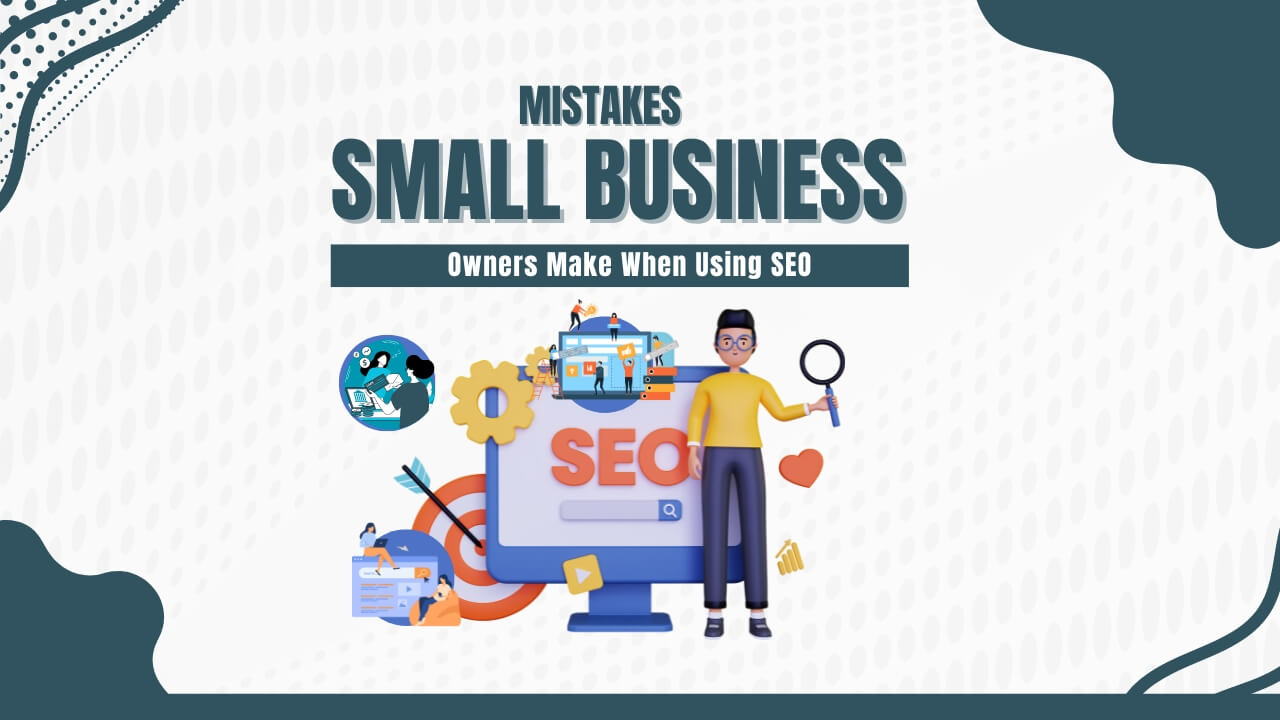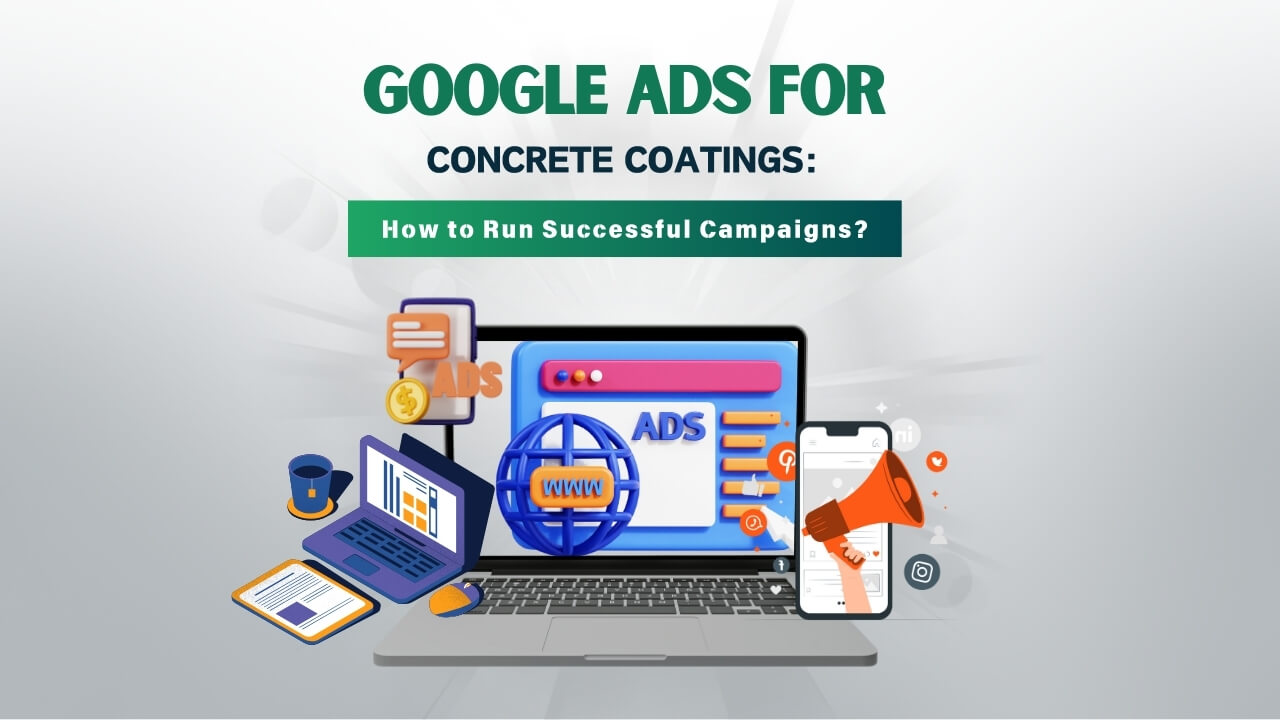In this digital era, where every click and impression matters and does count, Google Ads emerges as a beacon for those businesses mainly aiming to shine in this digital expanse.
Ultimately this platform does not only just offer a space for advertisements but also sets a battleground where words are the ultimate power to attract, engage, and convert the audience.
Amidst the strategic choices the marketers make, from targeting the parameters till budget allocations, one subtle yet potent decision stands as a frontend: the case choice in ad text—Title Case versus Sentence Case.
Why does something as simple as capitalization in the ad copy matter? The answer mainly lies in the nuanced realm of marketing psychology and user experience. The way an ad’s text is presented can significantly influence its ability to effectively capture the audience’s attention.
It is a matter of first impressions, readability, and the psychological tug that ultimately guides a potential customer from curiosity to click.
Title Case, with its capitalization of the first letter in the most common words, that actually carries importance as well as formality. It’s akin to dressing your words in a suit, ready to make a strong, professional impression.
Sentence Case, on the other hand, mainly adopts a casual attire. By capitalizing only the first letter of the first word (aside from proper nouns), it effectively sets the structure of a standard sentence, fostering a sense of approachability and ease.
In this competitive landscape of Google Ads, where each and every word is important, the choice between the Title Case and Sentence Case is not merely aesthetic.
It’s basically a strategy affecting how an audience perceives an ad and, consequently, and how they effectively interact with the ads.
Further in this blog we will be looking deep into these two stylistic choices, effectively exploring their impacts on the ad performance and providing the valuable insights to effectively guide the marketers to have the full potential of their Google Ads campaigns.
Sujit Shukla does assure you that by the end of this blog, you will be having a clearer understanding of how such a small detail can create a huge impact in your daily advertising efforts.
Whether you are a seasoned marketer or a business owner stepping into the world of digital advertising, the insights gathered here will equip you with another tool in your quest to effectively capture your target audience and market place.
Understanding Title Case and Sentence Case
Before we examine the impact of these text cases on Google Ads’ performance, its is very important to clearly know the definition of the Title Case and Sentence Case are and how they manifest in the context of the ad copy.
What is the Title Case?
Title Case is basically a capitalization style where the first letter of most words in a sentence is on the capital letters. This case style is basically common in the book titles, headlines, and, of course, advertising copy.
In Title Case, small words like “and,” “in,” “the,” and “a” are mainly not capitalized unless they are the first word for the sentence of text. The use of the Title Case in the ad copy effectively makes the text stand out and to grab the reader’s attention by giving it a sense of formality and importance.
Example in Google Ads:
“Unlock Your Potential With Our Online Courses”
What is Sentence Case?
Sentence Case, in contrast, does mainly involve capitalizing only the first letter of the first word in a sentence, along with if there are any proper nouns, mirroring the standard grammar rules of the sentence construction.
This case style is basically more approachable and casual as compared to others, making it mainly ideal for the longer texts where readability and ease of understanding are the ultimate goal.
Example in Google Ads:
Unlock your potential with our online courses
Both Title Case and Sentence Case have their place and value in the Google Ads, each of it comes with a unique set of advantages to the table. The choice between them depends on various factors, primarily including the target audience, the nature of the product or service being advertised, and the overall message that the brand is aiming to convey towards their audience.
Google Ads Context
In the realm of Google Ads, where you have a limited space to make a compelling argument for your product or service, each and every detail does count. The capitalization style you choose can affect your message you are trying to convey.
Title Case might be mainly used to convey authority and also to draw the attention of the audience, making it highly suitable for shorter as well as impactful messages.
On the other hand, Sentence Case can effectively make your ad more relatable and easier to read and understand, particularly beneficial for longer ad copy where read engagement is the main concern.
Understanding these nuances is the first step to craft an effective ad copy that mainly resonates with your audience. Further we will be exploring how the choice between Title Case and Sentence Case does mainly impact the ad performance and how to leverage each to your advantage.
The Impact of Case Choice on Google Ads Performance
The decision between using Title Case or Sentence Case in your Google Ads copy might seem trivial at first glance, but its impact on ad performance is far from negligible.
This choice can be highly effective to make your user more aware about your ads, how effectively they engage with your content, and ultimately, how they respond to your call to action. Let’s have a deep look into the key areas which are influenced by this stylistic choice: readability, psychological impact, and empirical insights into the user engagement.
Readability
The readability of your ad copy is very important. It mainly determines how easily potential customers can effectively understand your message and understand the value proposition of your product or service.
Title Case, with its capitalization on the main words, can build a strong visual impact, making the key phrases stand out by effectively drawing attention in the readers eye. However, for the longer ad copy, Title Case might reduce readability because the uniform capitalization makes it harder to differentiate between the importance of words or phrases at a glance.
Sentence Case, mimicking the natural flow of written English, tends to be easier on the eyes of the targeted audience and can enhance the comprehension, especially in the longer sentences. This case style will help to make your ad copy more conversational and relatable, potentially increasing the time span of the user spending in your ad
Psychological Impact
The psychological impact of the case choice in the ad copy extends beyond mere aesthetics. Title Case can easily convey a sense of formality, authority, and professionalism. It’s akin to wearing a suit to a business meeting; it effectively sets a tone and expectation.
This can be particularly effective for brands mainly aiming to build trust and authority in their own industry or particularly for the products and services that benefit from a more formal presentation.
On the other hand, Sentence Case can impart a sense of approachability and friendliness. It’s like having a conversation in casual attire, where the environment feels more relaxed and inviting.
For brands that want to appear more relatable and user-friendly or for products that are meant to be approachable and easy to uses sentence case is highly preferable as its will be the right choice for them.
Statistical Insights and Case Studies
While individual experiences might sometimes vary, A/B testing results and case studies from marketing professionals have shown that the case choice can effectively impact the ad performance metrics also resulting in the click-through rates (CTR) and conversion rates.
For instance, some studies suggest that Title Case does only get CTR for a short period of time over the impactful messages, whereas Sentence Case might perform better for longer ad copy mainly aiming to build an effective connection with the audience.It’s essential, however, to consider these findings as part of a broader marketing strategy.
The effectiveness of either case style can be influenced by some of the key factors such as the targeted audience, the platforms on which the ad is been displayed, and the overall tone of the ad campaign.
Advantages of Title Case in Google Ads
Title Case, with its strategic capitalization, do offer several benefits that can enhance the effectiveness of your Google Ads. Lets have a close look at some of the advantages:
Attention-Grabbing
- Visual Distinction: Title Case does create a visual distinction in this wide ocean of digital content, making it more likely for your ad to catch the attention of the most relevant users. The use of significant words can make the ad stand out among the others, especially in the environments where text-based content mainly dominates.
Perceived Professionalism and Trustworthiness
- Authority and Formality: Ads using Title Case can easily convey a sense of authority and formality. This can be highly beneficial for the businesses in sectors mainly like finance, healthcare, or legal services, where trust and professionalism is the ultimate paramount.
Better Brand Recall
- Memorability: Ultimately the distinct appearance of the Title Case will make your ad more memorable. This enhanced recall is very important in the crowded marketplaces where consumers are bombarded with numerous ads daily.
Advantages of Sentence Case in Google Ads
Conversely, Sentence Case do offers a different set of benefits that might make it a more relevant choice for creating the campaign:
Approachability and Relatability
- Conversational Tone: Sentence Case will make your ad copy feel more conversational and relatable to the audience. This can be particularly effective for brands mainly looking to establish a friendly brand image.
Enhanced Readability for Longer Text
- Ease of Reading: For ads that do require more text to convey the message effectively, Sentence Case can effectively improve the readability. The natural flow of the case makes it easier for the audience to easily know the information, especially on mobile devices where screen space is very much limited.
Alignment with Modern Web and UX Design Principles
- Modern Aesthetics: Sentence Cases do aligns with the minimalist and user-friendly design principles prevalent in modern web and UX design. This can easily help your ads feel more current and in the tune with contemporary user expectations.
Examples from Successful Campaigns
To illustrate these advantages, do consider the performance of the similar campaigns to utilize the Title Case versus Sentence Case strategically.
While specific data might sometimes vary, marketing professionals have noted that campaigns targeting more on traditional or professional demographic does perform better with the Title Case, whereas those mainly aiming for a younger or more casual audience might find greater success with the Sentence Case.
The decision between Title Case and Sentence Case in Google Ads should not be arbitrary. It does require a thoughtful consideration of your brand’s voice, the message you wish to convey, and how you want your audience to accept your ad.
Experimentation, through A/B testing, remains one of the important strategies in determining which case style highly resonates more effectively with your target audience and can lead to a higher engagement and conversion rate.
Choosing Between Title Case and Sentence Case for Your Google Ads
The decision between the Title Case and Sentence Case in your Google Ads isn’t just a matter of personal preference or aesthetic; it is a strategic choice that can significantly impact the effectiveness of your ad campaigns. Consider the following factors to guide your decision:
Audience Demographics and Preferences
- Understanding Your Audience: Different demographics might respond differently to the Title Case and Sentence Case. Younger audiences or those who are in casual, consumer-oriented markets mainly prefer the approachability of the Sentence Case. In contrast, more traditional or professional audiences might respond well to the formality of the Title Case.
Industry Norms and Expectations
- Aligning with Industry Standards: Some industries, such as legal, financial, and healthcare, might give more preference towards the Title Case due to its association with professionalism and authority. Meanwhile, tech, entertainment, and lifestyle sectors may find Sentence Case highly aligning with their brand voice and the audience expectations.
Testing and Optimization Strategies
- A/B Testing: The most effective way to determine whether Title Case or Sentence Case is working best for your specific audience and campaign is through A/B testing. By running parallel campaigns that differ only in their use of case, you can effectively gather the data of the performance metrics such as click-through rates, conversion rates, and engagement levels. This empirical approach allows you to make a data drive decision.
Practical Tips for Implementation
- Start with Your Brand Voice: Do consider the overall tone and the personality of your brand. If your brand voice is formal and authoritative, Title Case might be more suitable. If it’s conversational and friendly, the Sentence Case might fit better.
- Consider the Ad’s Context: The platform and format of your ad can highly influence which case to use. For instance, Sentence Case might work better in longer text ads where readability is crucial, while Title Case might be more effective in short, impactful headlines.
- Experiment and Analyze: Use A/B testing not only to decide between Title Case and Sentence Case but also to refine your use of each style. Analyze how different segments of your audience respond to variations in case usage and adjust your strategy accordingly.
- Keep an Eye on Trends: Digital marketing is an ever-evolving field, and audience preferences can shift. Stay informed about trends in ad copywriting and be prepared to adapt your approach as needed.
Conclusion
Choosing between Title Case and Sentence Case for your Google Ads involves a careful consideration of your audience, industry, and brand voice. By employing strategic testing and staying attuned to the preferences of your target demographic, you can optimize your ad copy for maximum engagement and effectiveness. Remember, the goal is not just to attract attention but to connect with your audience in a way that resonates and drives action.
This thoughtful approach to case selection in Google Ads underscores the broader principle that successful advertising is rooted in understanding and engaging with your audience on their terms. Whether you opt for the formality and impact of Title Case or the approachability and readability of Sentence Case, the key is to align your choice with your marketing objectives and the preferences of your target audience.






